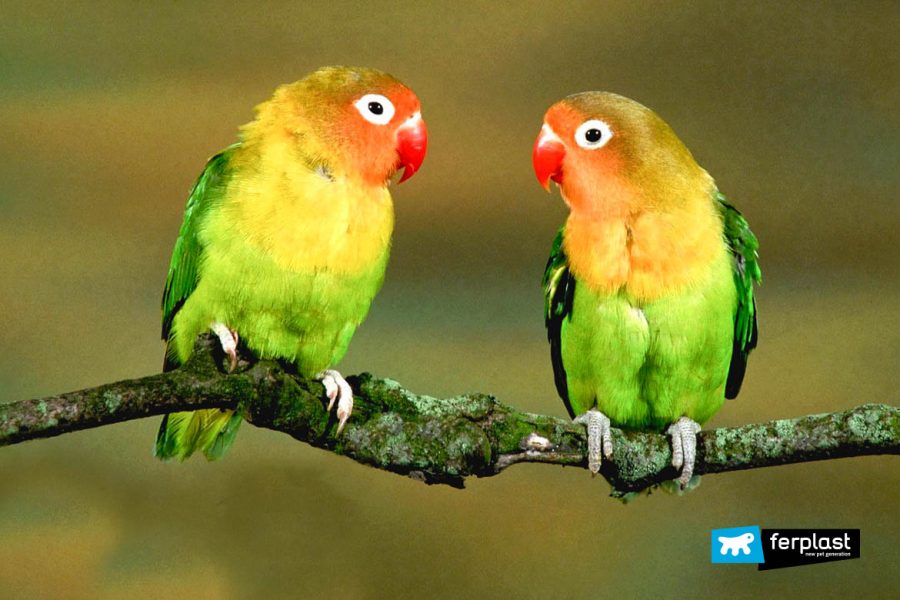Lovebirds are lively domestic parrots used to move around the house freely, curious and playful. They whistle and sing, but without being annoying. They are loyal to their owner who will become their best friend and very intelligent. Would you like to know more about them?
We already talked about these colorful birds in our blog some time ago, telling you about the various subspecies that exist. Now we want to provide you with some useful information to make them feel good in your company.
As we have anticipated, lovebirds are distinguished from other species precisely by their propensity to get out of the cage. If kept locked up, they tend to be more nervous and annoying whistling. If, on the other hand, they are used to flying around the house in the presence of their owner, they are much quieter and happier. Generally, in fact, they tend to become attached to those who adopt them very strongly. As with most animals, they well understand the positive reinforcement, so they should be rewarded when they perform well, while they should be ignored if they have made a mess. They do not understand the “punishment” or if we scold them.
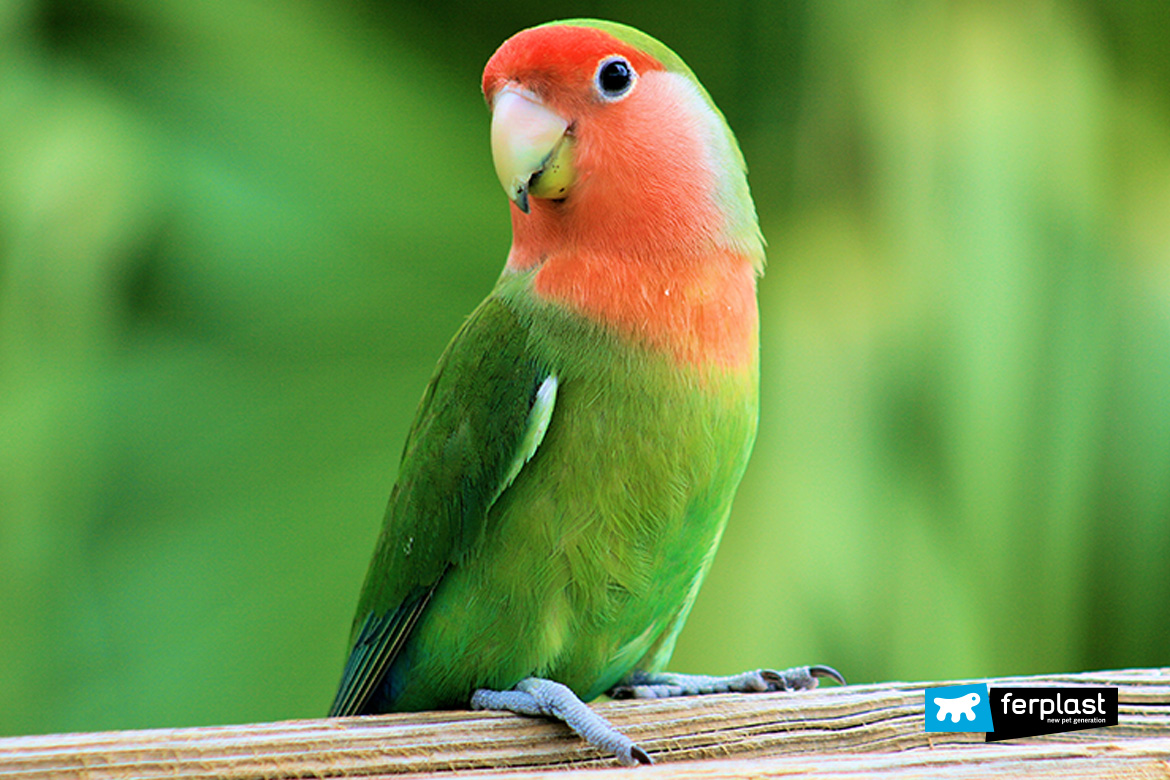
Lovebirds can coexist in a family with children, as long as they understand that a feather of their size can be intimidated and tries to defend themselves from situations that it considers dangerous. Children can become their great friends only if they respect them and avoid frightening them with abrupt gestures.
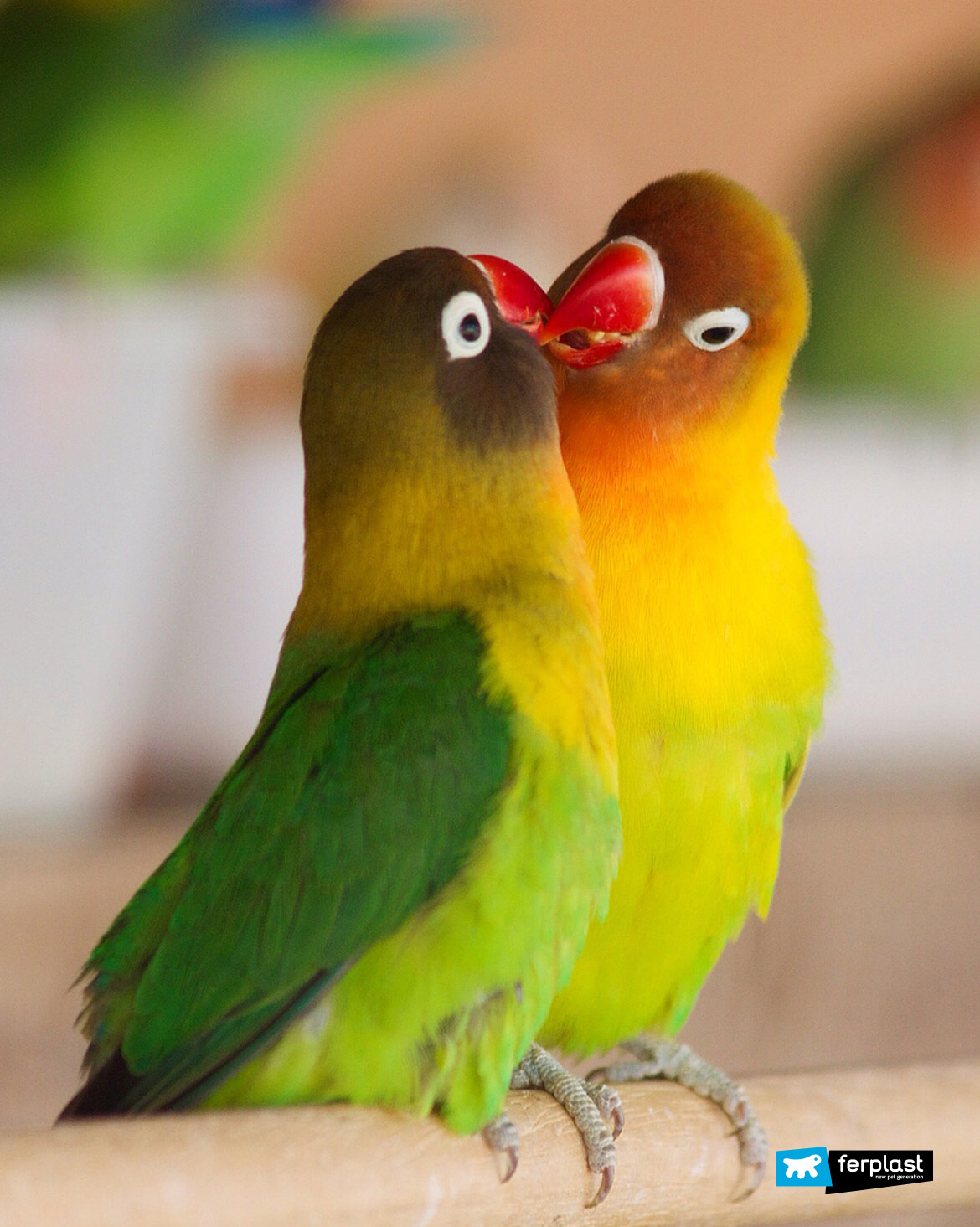
Lovebird Habitat
Lovebirds have small dimensions, but they cannot live in small cages. They must have adequate space to move both in length and height. They must have enough space inside for a small flight. This means preferring a parrot cage such as Ferplast’s MAX4 which also extends upward and has a sunroof with an external wooden perch. It must be safe, made of specific material resistant to their beak. To avoid accidental escapes, the cage access doors must be equipped with a safety closing hook.
There must also be some toys to keep them busy throughout the day. You can therefore insert some hanging toys and swings into their cage. These toys are usually equipped with bells and a metal chain with a hook to be fixed to the cage. They are used to entertain small birds in our absence. Do not forget to change them every 2-3 months by replacing them with others, in order to keep their interest alive
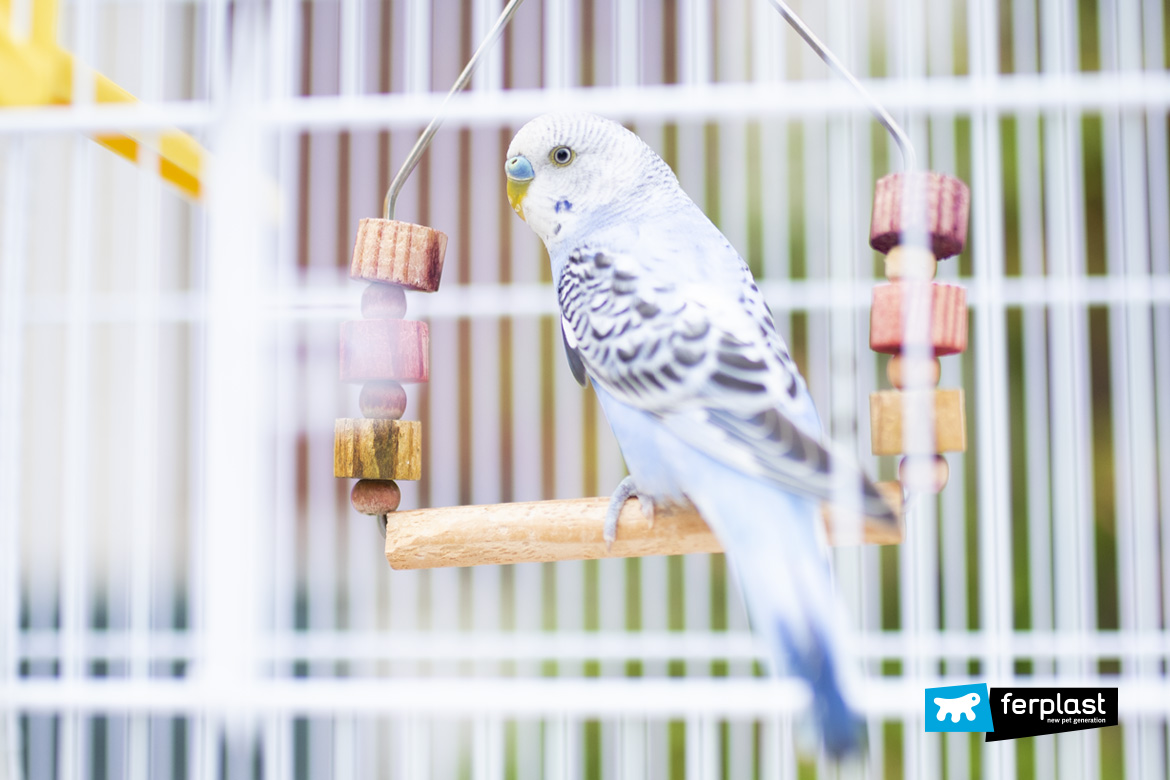
Feeding lovebirds
The feeding of inseparable parrots is of fundamental importance for their health. Being very small animals, a high-fat diet could compromise their well-being and lower life expectancy. They usually live at least 15 years if well cared for. This means choosing a diet with good quality extrusions and a small amount of seeds for them. Then add fruits and vegetables to their diet. Sunflower seeds can be used as a reward, but without going overboard.
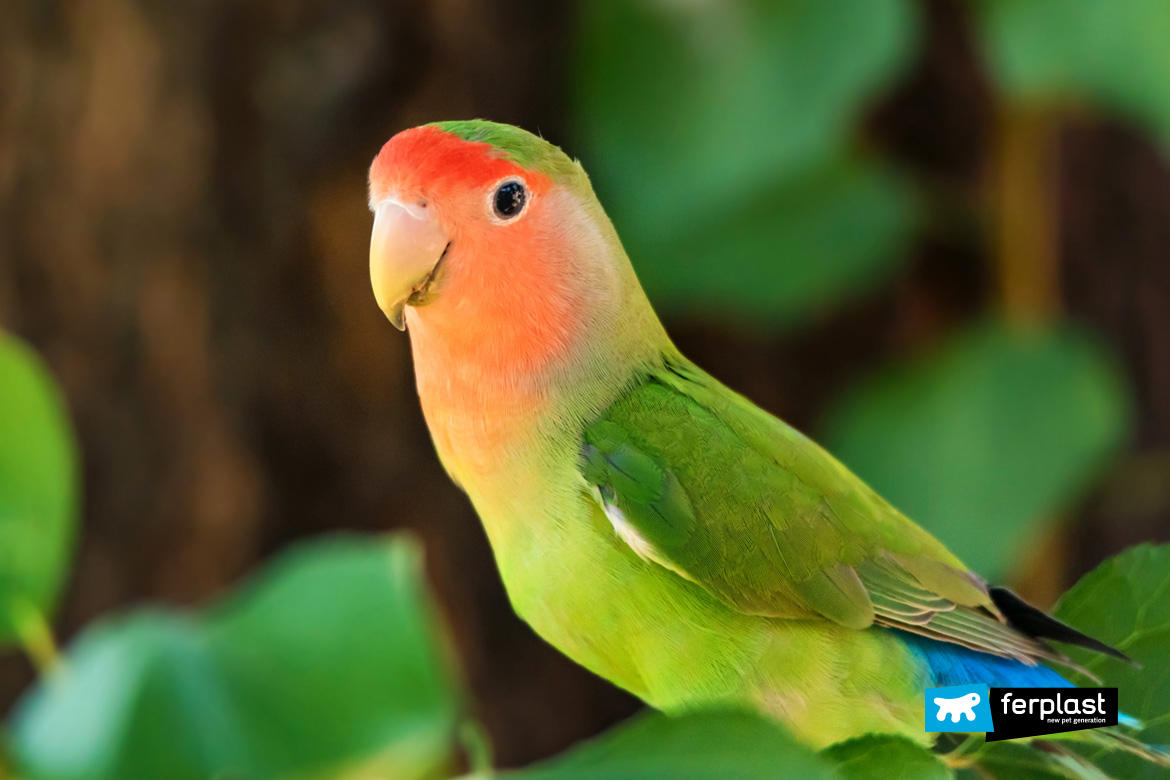
They are curious budgies, even about what we, humans, eat. They will try in every way to convince us with their lively gaze to give what is on our table, but we advise you not to give in. Many foods are toxic to them, but a small piece of bread or fruit will not be a problem for them, on the contrary, it will reinforce the relationship with their owner. But only occasionally.
We will come back to talk again about lovebirds, one of the species most loved by families.

